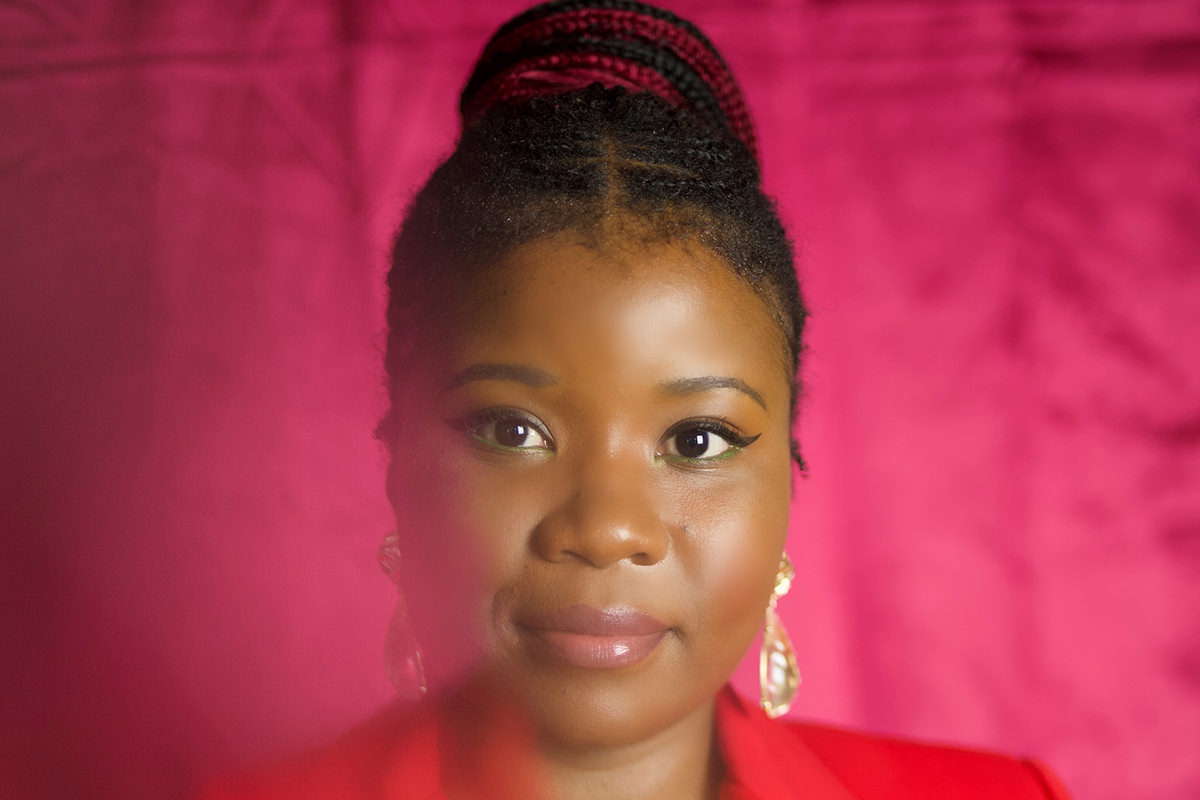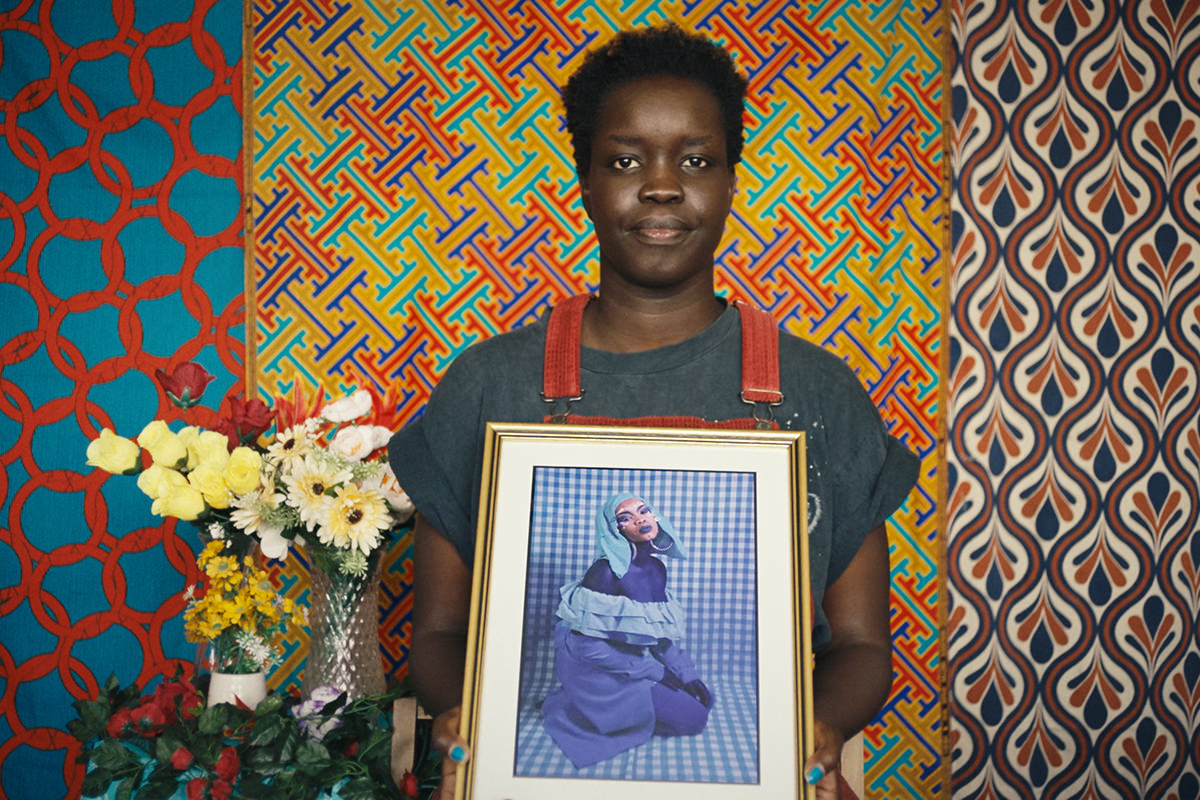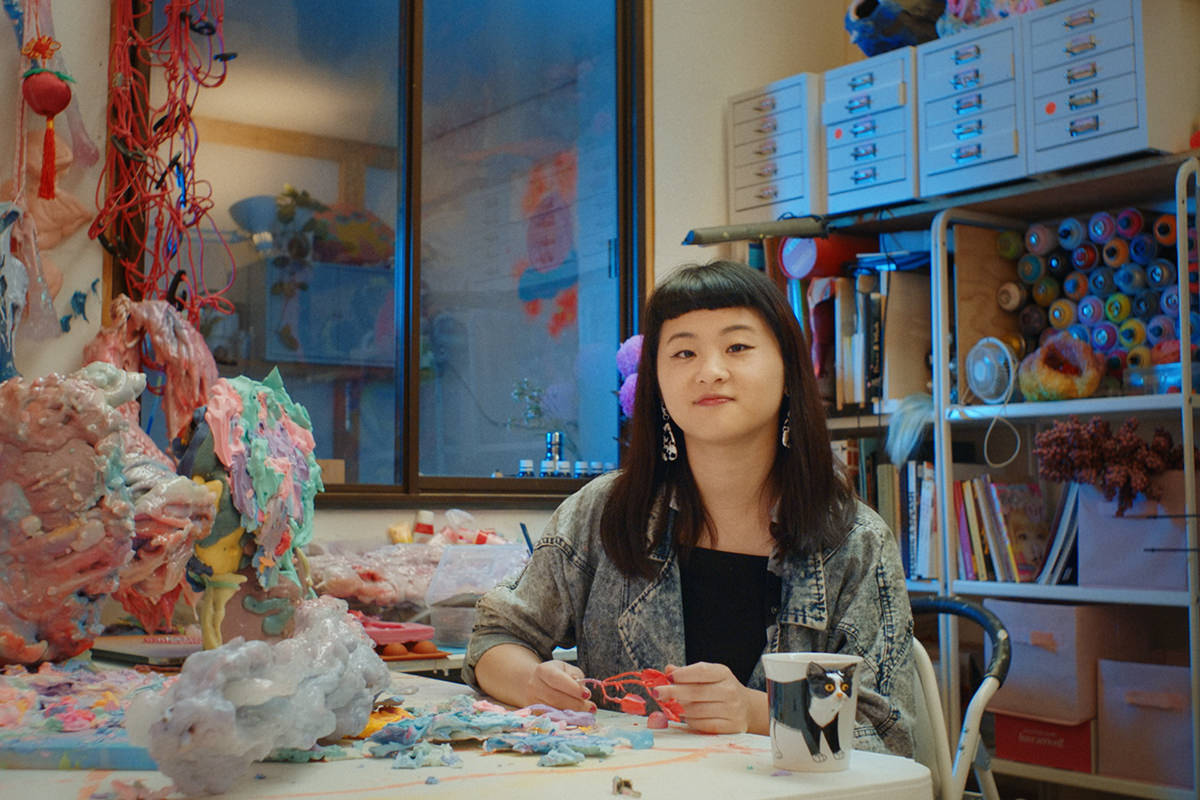Authentic Storytelling – Santilla Chingaipe: the path to achieve on-and-off screen diversity
Writer and director Santilla Chingaipe wants the support she’s received in her career to become the norm rather than the exception.
 Santilla Chingaipe
Santilla Chingaipe
In the Authentic Storytelling series, members of the Australian screen sector share their thoughts on why authenticity is important, challenges they have faced, and how the industry can do better. Subscribe to Screen Australia’s newsletter for additions to the series.
Santilla Chingaipe is a journalist, filmmaker and author. She spent close to a decade working for SBS World News and her documentary work includes hosting the landmark SBS program Date My Race, directing the ABC Art Bites series Third Culture Kids, and co-writing and co-producing the upcoming feature documentary Our African Roots, which is set to air on SBS on Sunday October 17 at 8.30pm. Our African Roots is also based on Chingaipe’s upcoming non-fiction book, which details the untold stories of African convicts. Chingaipe is the founder of Behind The Screens, an annual program aimed at increasing the representation of people from marginalised backgrounds in the Australian film industry. Chingaipe serves as a member of the Federal Government’s Advisory Group on Australia-Africa Relations and in 2019 she was recognised at the United Nations as one of the most influential people of African descent in the world.
“You should be making films”. Five words that ultimately changed the trajectory of my career. I was at a post-screening event for documentary filmmaker Judy Rymer’s film, I Will Not Be Silenced, when after what felt like hours of conversation, she blurted out those words to me. I was caught off guard and not quite sure how to respond. Me? Make films? She must be having a laugh, I thought to myself. Until that point, I hadn’t thought people that look like me could make films in Australia. I hadn’t seen anyone with African ancestry helming narrative or factual projects and I didn’t think it was a place for me. This, even though I grew up watching films and even picked up film electives at university. The industry still felt uninviting, but my encounter with Judy Rymer seemed to change that – a career as a filmmaker suddenly felt possible.
I’ve since established myself as a writer and director working across both factual and narrative. But as I continue to develop my skills, I’ve made some observations that have left me feeling slightly pessimistic about the future of the industry and its reluctance to adequately reflect modern Australia. This shouldn’t come as a shock to anyone reading this: report after report continues to highlight the lack of diversity in the media more broadly, and Screen Australia’s 2016 landmark Seeing Ourselves report revealed the shortcomings of the film and television industry. While strides are being made to increase on-screen diversity, and should be commended, just as vital is increasing the representation of people from marginalised and underrepresented backgrounds behind the camera.
 Third Culture Kids, directed by Santilla Chingaipe
Third Culture Kids, directed by Santilla Chingaipe
While conducting research for this article, I tried to find data that outlined what the current landscape looks like in terms of inclusive representation in roles behind the camera. There is some data that shows the state of affairs in terms of lack of representation in front of the camera, but there isn’t any data that I could find that paints a picture of what this looks amongst crew.
Conversations around diversity and inclusion can’t happen without addressing the elephant in the room – racism. The film industry is not exempt from the racism evident in Australian society, which through systemic racism entrenches biases and stereotypes, and results in the industry continuing to privilege some groups over others. A failure to address these glaring disparities caused by historical injustices makes it a challenge to commit to real change. The changes we’re seeing on screen might give the illusion of progress, but the reality is, we still have a very long way to go.
I’ve worked on enough film projects to notice when there’s another person of colour working as crew on the call sheet (it’s that rare). One argument is that there aren’t enough skilled practitioners from underrepresented backgrounds, and to that I say, if people aren’t being given opportunities, how can that change? Unlike writing, directing or producing, some behind the camera roles require formal training, adding to the barriers to entry. While initiatives that support above the line creative teams are targeting people who’ve historically been excluded, there aren’t as many that seek to attract a new generation of editors, composers, cinematographers, production designers, costume designers etc, into the sector.
A few years ago, we started a program that aims to do just this: increase the representation of people from marginalised communities behind the screens – from technical roles to marketing and distribution to film criticism. Behind The Screens is run in partnership with the Footscray Community Arts Centre and supported by Film Victoria. This year, the program is expanding to include a database of crew from these communities that will be made available to production companies working in Victoria for free.
Everyone working in the sector has a role to play in working towards racial equity. It’s not good enough to exploit people for their expertise and experience through things like cultural consultancies, but not upskill them. Instead of simply bringing someone in to a writers’ room to mine them for their intellectual property, opportunities should be provided to support these crew members so that it’s a mutually beneficial collaboration and lead to sustainable career pathways. It can’t just be about ticking a box, but about ensuring that people from underrepresented backgrounds can continue to work in film and television, and on projects that are about more than their identities. There is not enough adequate infrastructure in place that supports, trains and gives access to crew from culturally diverse backgrounds to have sustainable careers.
 Third Culture Kids, directed by Santilla Chingaipe
Third Culture Kids, directed by Santilla Chingaipe
I was one of the inaugural recipients of Screen Australia’s Developing the Developer initiative that was a product of the Seeing Ourselves report. That program opened a pathway for me into narrative filmmaking and I’m currently developing my first feature film as a result. The support the agency gave me, as well as the continued mentorship by filmmaker Robert Connolly and his Arenamedia production company, has made it possible for me to grow my career. It wouldn’t have been possible without these resources and the willingness that established filmmakers like Connolly have in supporting the next generation of filmmakers, irrespective of their background.
To ensure tangible and sustained on-screen representation of diverse experiences, this also need to be reflected in the creative teams working on these projects. But without knowing how big the problem is, finding adequate solutions to address them seems futile, and that is why we need qualitative and quantitative data and research that allows for a focus on policy in this area, but also better understand how race is reflected in the industry.
And there’s reason to believe that these changes are possible: while still a long way to go, there are encouraging developments in how First Nations people are represented in the film and television industry, with research finding that Indigenous Australians have recently become well-represented among main characters. The establishment of the Indigenous Department (now the First Nations Department) within Screen Australia to support First Nations filmmakers over the past 28 years has undoubtedly played a vital role in the long overdue centring of Indigenous stories authored by Aboriginal and Torres Strait Islander filmmakers. And while it’s still far from perfect, this progress is cause for optimism for the equitable representation of other filmmakers from underrepresented backgrounds. Following my conversation with Judy Rymer seven years ago, I’ve gone on to work on and develop factual and narrative projects. These opportunities were possible because people along the way supported me – not because of my race or my gender, but because they believed in the stories I want to tell. I recognise how fortunate I am to be supported in this way, to be in the room not in a token way, but because of what I bring to the table. Solidarity beyond diversity panels and social media posts means rolling up sleeves and committing to resourcing and investing in filmmakers from marginalised communities. We’re past the box ticking moment and diversity panels – we know we have a problem and a failure to address this means this will continue to persist for years, if not generations, to come.
Watch Our African Roots on SBS on Sunday October 17 at 8.30pm.
The views and opinions expressed in this article belong solely to the author and do not necessarily reflect the views or policies of Screen Australia.

What to read next
Writer, director and producer Julie Kalceff on authentic casting, working with communities and learnings from First Day.
12 May 2021
Julie Kalceff